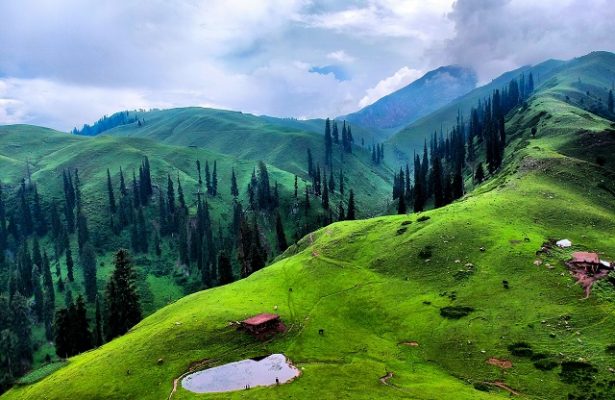Travel
Wildlife in Pakistan: A Journey Through Nature’s Wonders

Pakistan is a land of diverse landscapes, from towering mountains to lush green plains and vast deserts. This geographical diversity supports an incredible array of wildlife, making the country a haven for nature lovers. From elusive big cats to vibrant bird species, the wildlife in Pakistan is as diverse as its terrain. Let’s dive into some of the most fascinating animals and where you can find them.
The Majestic Snow Leopard: The Ghost of the Mountains
High up in the rugged mountains of northern Pakistan lives one of the most elusive creatures in the world—the snow leopard. Known for its thick fur and stealthy movements, this big cat roams the snow-covered peaks of the Karakoram and the Himalayas. Conservation efforts have been strong to protect these magnificent animals, and several national parks provide a safe habitat for them.
Internal Link Suggestion: Link to an article about trekking in the Karakoram region for those interested in exploring the mountains where these leopards live.
Birds of Pakistan: A Colorful Array
From Peacocks to Falcons
Pakistan is a paradise for bird watchers, with over 700 species of birds spread across its diverse landscapes. The lush wetlands and coastal areas, in particular, are home to a variety of migratory birds, including flamingos, pelicans, and storks. You can also spot rare species like the Himalayan monal, a vibrant bird that inhabits the northern regions. Bird sanctuaries and reserves play a crucial role in preserving these species and their habitats.
External Link Suggestion: Consider linking to a well-known bird-watching guide for tips on spotting different species in Pakistan.
The Indus River Dolphin: A Unique Freshwater Species
One of the most unique creatures found in Pakistan is the Indus River dolphin, an endangered freshwater species that inhabits the mighty Indus River. Due to pollution and habitat loss, this dolphin is critically endangered, but efforts are ongoing to protect and revive its population. The dolphin is an important part of Pakistan’s natural heritage and draws attention to the need for conservation.
Where to Experience Wildlife in Pakistan
National Parks and Reserves
For those eager to explore wildlife in Pakistan firsthand, national parks and reserves are the best places to visit. These protected areas offer a safe haven for many species, providing visitors with an opportunity to see them in their natural habitats. Some popular national parks include:
- Ayubia National Park: Home to leopards, black bears, and a variety of bird species.
- Deosai National Park: Known for its brown bears and stunning landscapes, often referred to as the “Land of Giants.”
- Hingol National Park: Located in Balochistan, it is the largest national park in Pakistan and home to ibexes, leopards, and various reptiles.
To learn more about the best spots for wildlife watching in the country, check out this detailed guide on Wildlife Watching: National Parks and Reserves in Pakistan. It covers everything you need to know about planning your wildlife adventure.
The Importance of Conservation in Pakistan
Protecting Endangered Species
The rich biodiversity of Pakistan faces several threats, including habitat loss, poaching, and climate change. Conservation initiatives are vital to ensuring the survival of endangered species, such as the snow leopard, Indus River dolphin, and the Himalayan brown bear. Organizations and local communities are working together to promote awareness and protect these precious animals.
Conclusion
The wildlife in Pakistan offers a captivating glimpse into nature’s wonders. From the snow-capped mountains in the north to the deserts in the south, the country’s varied ecosystems are teeming with life. By visiting national parks and supporting conservation efforts, you can help preserve these beautiful creatures and their habitats for generations to come.
So, pack your binoculars, plan your trip, and get ready to experience the diverse wildlife that makes Pakistan truly unique.

